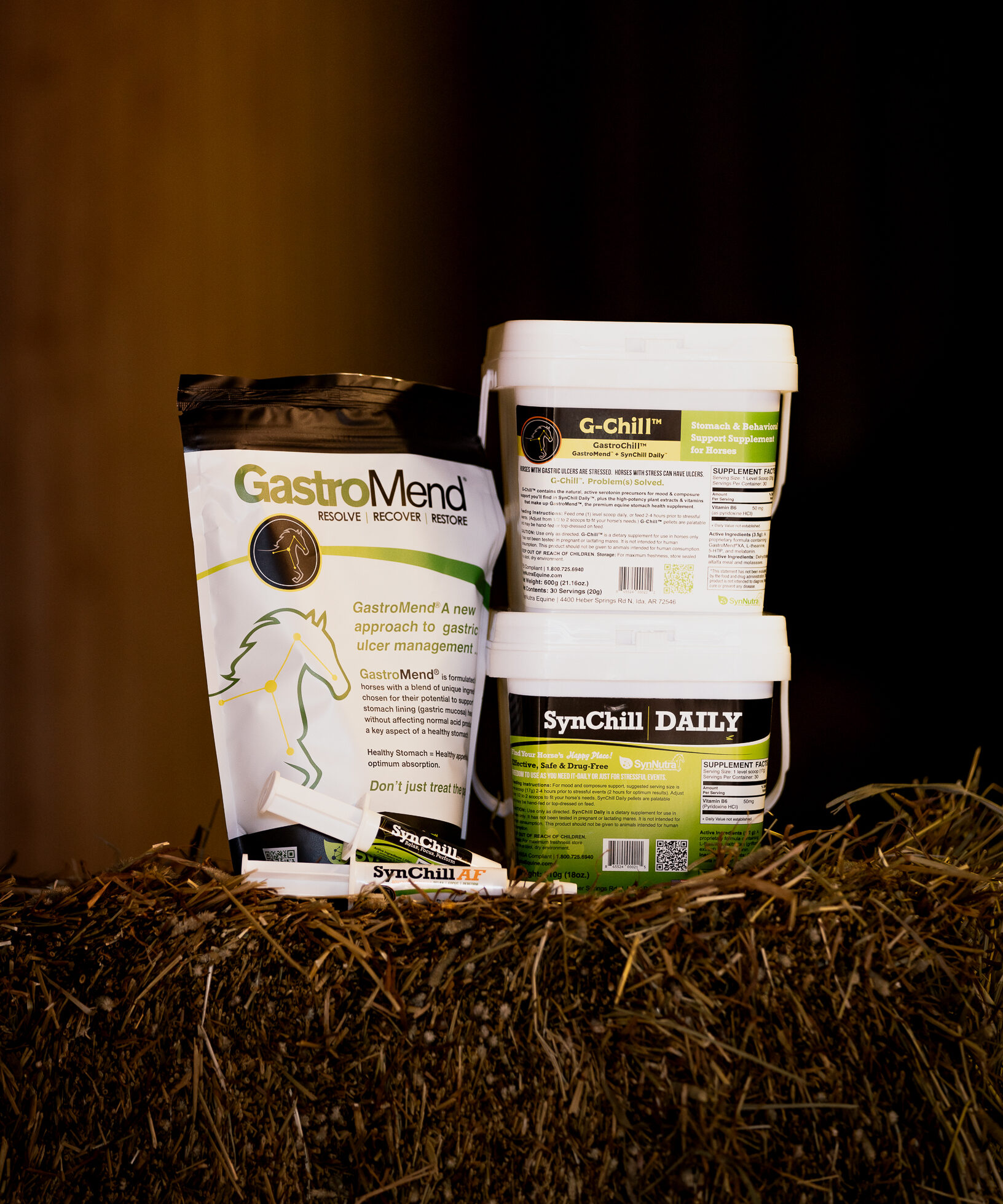Why Fit Riders Have Position Problems—and How to Fix

Kathlyn Hossack is a Certified Athletic Therapist and Kinesiologist from…
By Kathlyn Hossack, Certified Athletic Therapist
Endless movements in the barn require a solid understanding of how to move our bodies efficiently without putting excess strain on the spine. Bending, getting into a two-point or half-seat, mounting or dismounting, carrying water buckets, lifting a bale/kid/dog/saddle…the list goes on.
But often muscle “amnesia” occurs when it comes to certain movements (such as flexing forward at the pelvis). The core and glutes forget to activate, while the hip flexors and muscles of the back have to take over. A common trait I see across many riders is the hinging motion coming from the spine, instead of the hips. Whether it be when attempting to achieve fluidity with your horse’s movement, or releasing over a jump—if the spine is taking up the movement, there is undue strain going through all those structures.
Strength of the core and gluteal muscles are rarely an issue for equestrian athletes; instead it’s a motor patterning (movement habit) error. We have the strength, but without the motor patterning ability to activate the appropriate muscles at the right time, that strength is fairly useless. Training the movement patterns takes a lot more focus than you might think! Perfect practice makes perfect. Dedicated concentration is necessary when performing re-training exercises in order for the brain to develop new motor patterns.
When assessing a new client I generally do a series of tests to see how their hips are built, what the best position is for those hips, and then how the client’s motor patterns have developed. (I do this by watching them move, on and off the horse.) While everyone is built differently and has different movement habits, I often begin re-teaching their movement in a similar way.
Here is an exercise to begin retraining how we hinge from the hips (instead of the low back). It’s important to keep in mind that the key muscles here are the core (as a stabilizer), and the glutes (to push the hips forwards). The spine should stay straight and strong. Do this exercise with a friend to watch or in front of a mirror.
First, stand nice and tall in good posture and activate your core (if you have your hands placed just above your hips, you should be able to “push your fingers out” with your abdominal muscles.
Once you’ve got a feeling for the strong core, place your hands on your thighs. From here, keeping your core strong, activating the stabilizing muscles of the back by setting the shoulders back and down, hinge forwards from the hips sliding your hands along your legs towards your knees. The hips should be moving backwards, knees not crossing the toes or collapsing inward, and the back staying straight.
Once your hands reach your knees, check again where your knees are by pushing lightly outward into your hands and holding. This will also help activate gluteus medius.
From here, bring yourself back up to standing by pushing your hips forward with the glute muscles. Again, the back does not move and the core stays strong.
Repeat this exercise throughout the day to get your brain connected to your position. Remember, perfect practice makes perfect.
What's Your Reaction?
Kathlyn Hossack is a Certified Athletic Therapist and Kinesiologist from Winnipeg, Manitoba dedicated to helping riders improve their movement.


